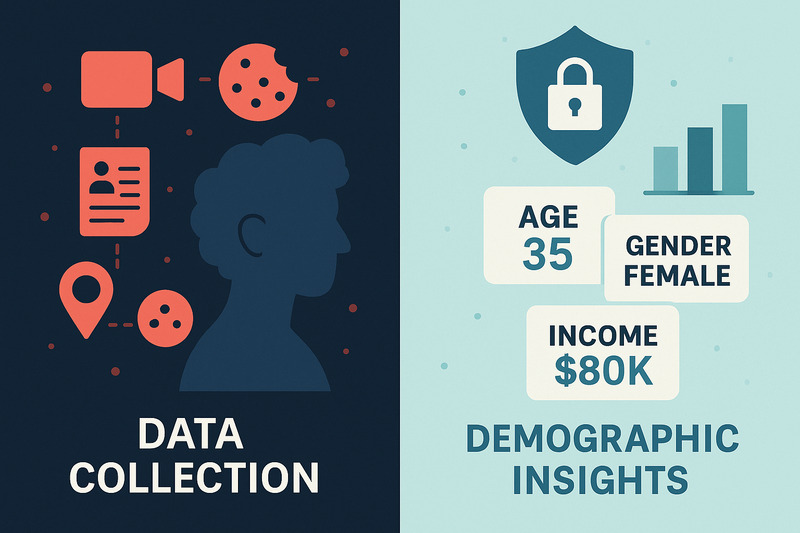What's in a Name, Part 2 - The Architecture of a Name
How do you represent names from every culture on Earth with one API? Very carefully! This article breaks down HumanGraphics' model for representing personal names.

A rose by any other name would smell as sweet.
- Juliet, from Romeo and Juliet, by William Shakespeare
The introduction to this series explored the "name problem" and how HumanGraphics uses data and domain knowledge to crack it. This post will discuss the underlying structure of names.
The Architecture of a Name
While there is a truly mind-boggling variety of naming traditions around the world, most cultures have some concept of given names that identify individuals and family names that are shared by families, although there are exceptions. (Exceptions to rules is a recurring theme when dealing with names.)
HumanGraphics parses names (breaks them down) into the following parts. Not every name parses into all of these parts, but all names are represented as some combination of these parts.
- Given name
- Middle name
- Second middle name
- Nickname
- Family name
- Second family name
For example, the name Pete "Maverick" Mitchell would parse like this:

Given Names
Given names themselves have many names: given names, first names, and forenames, just to name a few. Many cultures also assign children more than one given names at birth, i.e., middle names. In some traditions, people also choose additional names for themselves throughout their lives, for example during confirmation.

While names have history and etymology that can assign them deeper meanings, and some traditions even hold that chosen names affect the named, a given name is fundamentally just a designation, or label, for an individual. Therefore, all of an individual's given names reveal information about the nameholder, such as gender, heritage, and even age.
In the HumanGraphics schema, the following name parts are considered to be given names:
- Given name
- Middle name
- Second middle name
Family Names
Family names also have many appellations: family names, last names, surnames, and so on. In most modern cultures, these names are simply passed from parent to child (sometimes as required by law), although other schemes exist (e.g., patronymic, matronymic, etc.) It's interesting to note that in many parts of the world, like Europe, universal family names are relatively modern invention, and historical naming schemes were much more varied!

Family names originated from a host of different practices: parents' names, personal reputation, occupation, birthplace, or even just made up! As such, they also have rich histories and traditions, perhaps even more than given names due to their intergenerational nature, and they reveal a great deal about person’s heritage.
In the HumanGraphics schema, the following name parts are considered to be family names:
- Family name
- Second family name
Nicknames
Nicknames are also a common phenomenon, especially informally.
Sometimes, nicknames appear in place of a given name, e.g., Bill Gates instead of William Henry Gates III. The nickname often has a clear and obvious relationship to the given name, i.e., Bill versus William, but sometimes the relationship is more obscure, as in the case of Bud.
It's typically clear when a nickname is in use through exposure - for example, most people know that "Bill" is likely to be a nickname simply through cultural awareness - but other times, nicknames are called out explicitly through quotes, as in Pete "Maverick" Mitchell.
In the HumanGraphics schema, the following name parts are considered to be nicknames:
- Nickname
Up Next: The Analysis of Names
That wraps up this second post in the "What's in a Name?" blog series. The third and final post in the series will reveal some of the techniques HumanGraphics uses to extract so much information from names. Thanks for reading!




